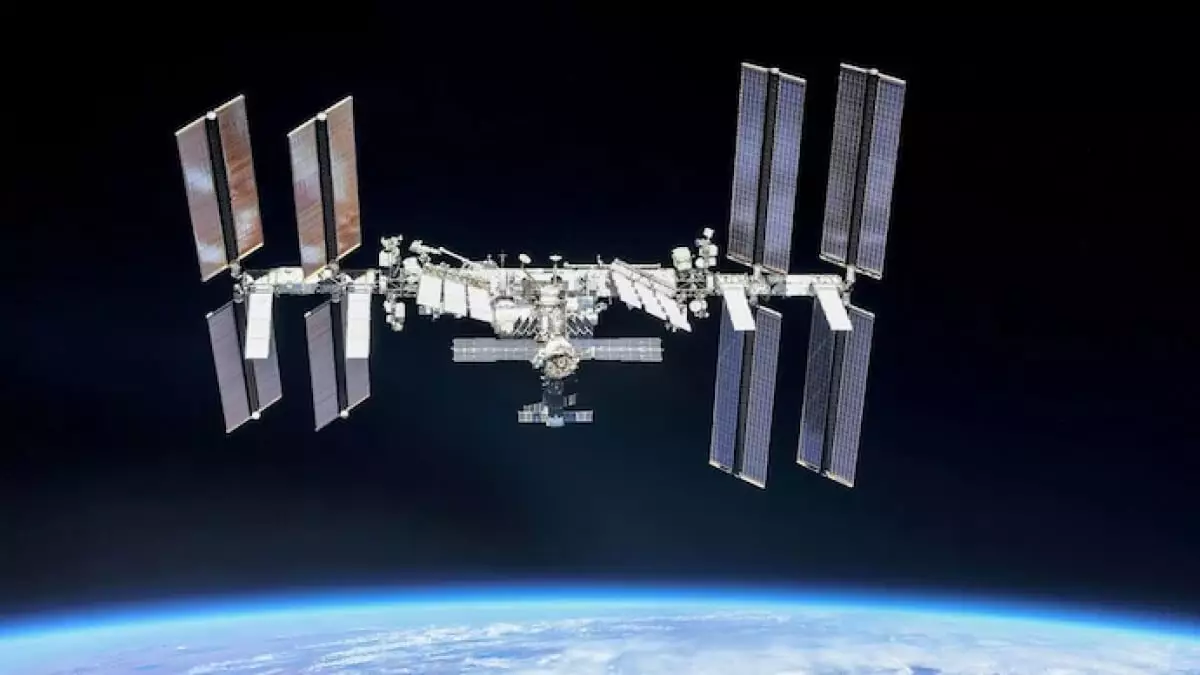On November 23, 2023, the crew of the International Space Station (ISS) experienced a peculiar situation as they opened the hatch to the recently docked Russian Progress MS-29 cargo spacecraft. An unusual smell permeated the air, prompting immediate concern and a swift response from both the crew and mission control. The incident, which was shared on social media platforms, raised alarms about potential hazards in what is typically a highly controlled and safe environment.
The olfactory anomaly was characterized by NASA astronaut Don Pettit as resembling “spray paint,” an unsettling comparison that hinted at potential contamination. The sight of small droplets within the spacecraft exacerbated worries, leading the crew to execute strict decontamination protocols as a precautionary measure. In an environment like the ISS, where the crew depends on a delicate balance of air quality and safety, any irregularities can quickly escalate into significant risks.
Both NASA and Roscosmos demonstrated rapid responsiveness by activating their respective air-purification systems. The American segment of the ISS employed the Trace Contaminant Control Subassembly (TCCS) while equivalent measures were taken in the Russian section to ensure the air quality returned to acceptable levels. In a commendable display of preparedness, all crew members donned personal protective equipment (PPE) to mitigate any immediate health risks associated with the strange odour.
Continuous monitoring played a vital role in the operation. Sensors throughout the station provided real-time updates on air quality, allowing flight controllers to confirm by November 24 that the situation was under control. With the air quality deemed safe, the crew was able to reopen the hatch between the Poisk and Progress modules, effectively resuming normal station operations.
While the reported odour was unsettling, the assurance from space agencies that there were no immediate threats was a relief. However, the issue also serves as a reminder of the potential hazards of living and working in the confined quarters of space. Ongoing investigations are being conducted to trace the source of the smell, emphasizing the critical importance of understanding and managing risks in a microgravity environment.
Progress MS-29, which launched from the Baikonur Cosmodrome on November 21, was primarily a resupply mission, delivering food and fuel necessary for the continued operation of the ISS. It is designed to remain docked for approximately six months, after which it will carry waste back to Earth. As ISS operations continue unimpeded, with safety measures in place, it highlights the resilience and adaptability of the team in addressing unexpected challenges.
The recent incident aboard the ISS underscores the importance of rigorous safety protocols and the capacity for rapid response in the face of potential threats. Although the air quality has returned to normal, the vigilant monitoring and thorough investigations will ensure that the ISS remains a safe haven for astronauts in the tenuous expanse of space. As the exploration of space continues to advance, such preparedness will be essential in ensuring the well-being of those who venture beyond our planet.


Leave a Reply